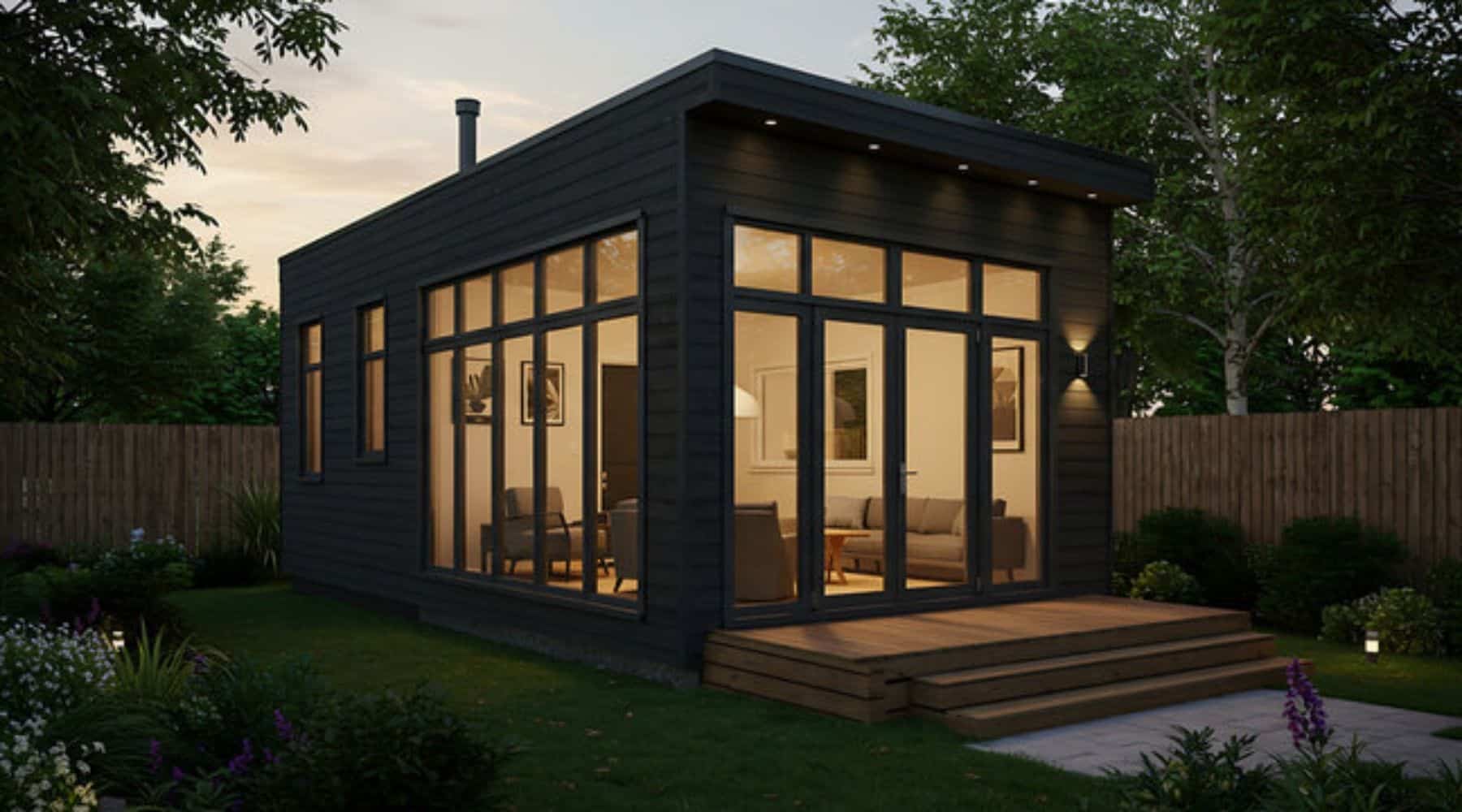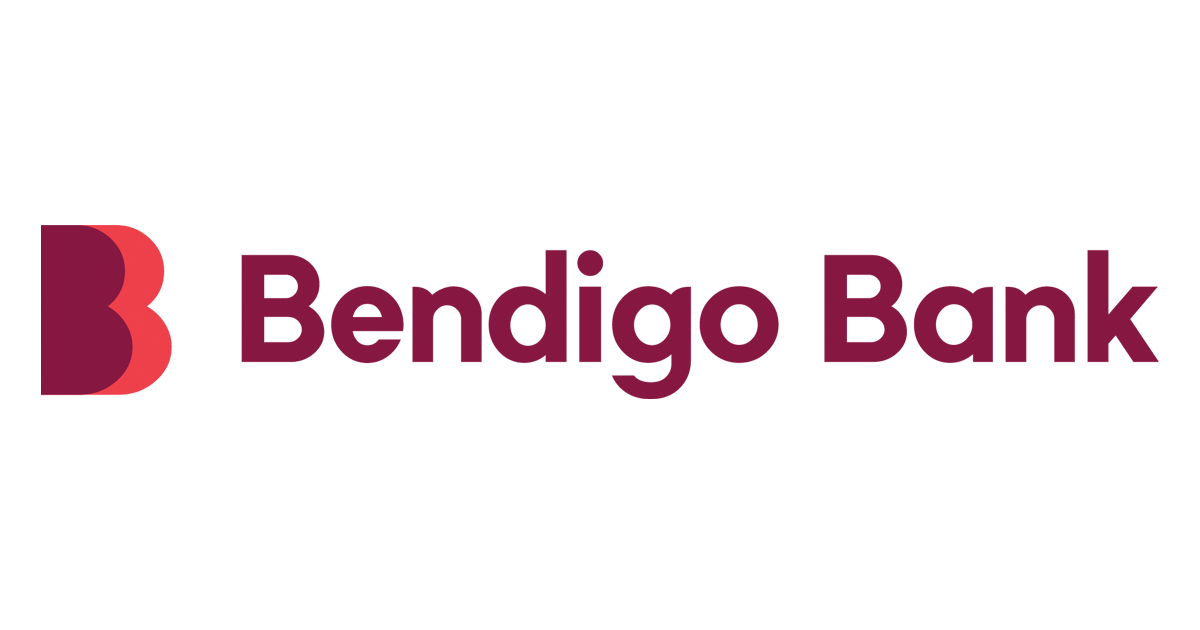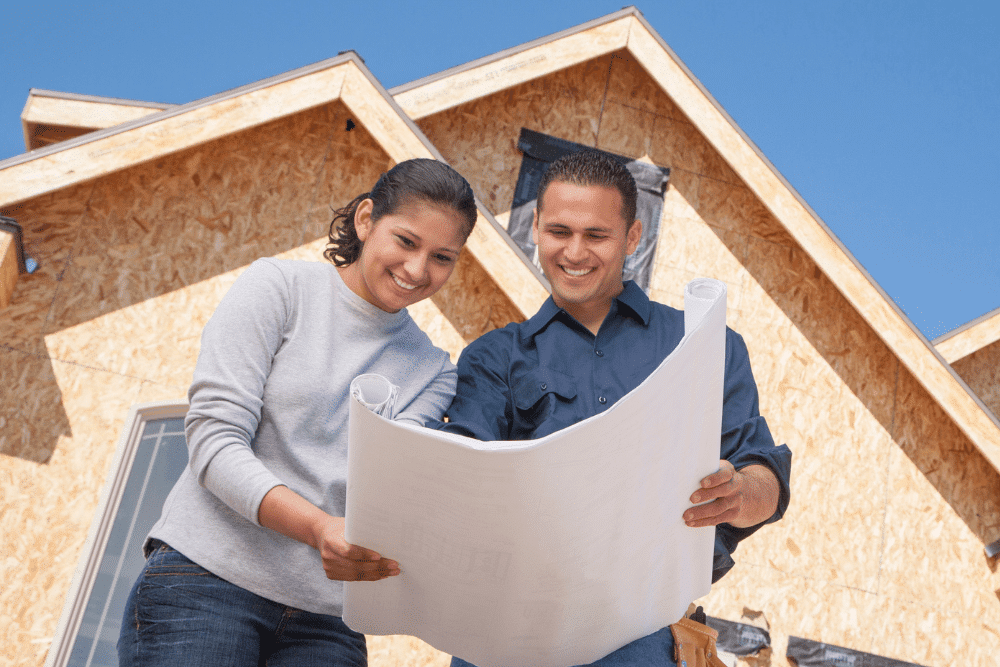Housing prices in Australia continue to rise and, with limited rental vacancy across the capital cities, one potential solution floated to ease the crisis is to build and rent out more granny flats. Indeed, the Housing Industry Association (HIA) found in a recent survey of Australian builders that the number of granny flats they expected to build in 2026 was ten times higher than in 2022.
The term “granny flat” has also soared to #1 among home-related search terms on Domain in Sydney and #2 in Perth, while it saw the biggest year-on-year increase of any term on realestate.com.au in Adelaide in 2024. You might just be part of those groups, so when it comes to getting your granny flat construction off the ground, what are your options?
What are my options for financing my granny flat?
There are two main ways to finance your granny flat build: adding the cost to your current home loan to cover the cost and applying for a construction loan.
Adding to your home loan using equity
Home equity is the difference between the value of your home and the amount you still owe on your mortgage. For example, an $800,000 home with a mortgage balance of $300,000 would have $500,000 in equity. Equity increases both by continuing to pay down your home loan and through its gradual increase in value.
Equity can be accessed via a home loan top-up, internal or external refinance or through a line of credit facility. Topping up or refinancing your home loan essentially means you’re adding the cost of the granny flat to your mortgage. However, because of the nature of the construction process and its cost, topping up may not always be the most suitable option.
Taking out a construction loan
A construction loan is another finance option designed to cater to the different needs and timeline of a build. You can use home equity from your current loan to avoid paying any deposit or, if you don’t have enough equity built up in your home, you’ll typically have to pay at least 20% in cash upfront to avoid lenders mortgage insurance (LMI). Although minimum deposits typically sit at 20%, minimum loan amounts vary between lenders but can start from $20,000.
Unlike a standard home loan, the loan funds are released in stages as building milestones are met. These stages are:
- Initial deposit to builder: 5% of loan amount released
- Slab/base (foundations laid): 10% to 20%
- Frame (interior and exterior frame and walls): 20%
- Lock-up (roof, external walls): 20% to 40%
- Fit out (all plumbing and electrical fixtures and fittings): 20% to 30%
- Completion (finishing touches): 10%
While pretty much all lenders offer construction loans, not all of them will necessarily approve your application if you’re building a granny flat. Approval is never guaranteed for any loan, of course, but because granny flats are different from a standalone, sellable property, some may not be willing to move ahead with your application.
Do you need council approval to finance a granny flat?
Yes, you’ll need planning approval from your local council before being able to build a granny flat in most cases. Each state and territory has its own restrictions for the minimum size of your land and the maximum size of your granny flat, but even these can vary between councils. Before you’re approved for your construction loan, your lender will need to see the council-approved plans for your granny flat.
Going through the council requires you to submit a Development Application (DA). However, you could also seek out a Complying Development Certificate (CDC), which is provided by an independent assessor or accredited industry body. If you’re unsure which one is required where you live, speak to your local council and your lender.
How much does it cost to build a granny flat?
The cost of building a granny flat can vary from as little as $50,000 to $80,000 on the lower end of 40m2 or less to more than $200,000 for larger, more upmarket builds in the 60m2 to 80m2 range. However, there’s a wide range of factors that impact the cost of construction, including:
- The size of the granny flat: unsurprisingly, the larger the flat, the more you’re likely to pay.
- Your granny flat’s layout: a studio design with everything in one room will obviously be simpler and cheaper to build than multiple rooms.
- Where you live: the council from which you’re seeking approval could impact the cost, as the different restrictions or requirements they place on granny flat builds could mean you end up having to spend more on different materials or layout (such as an additional room).
- Your choice of fittings and fixtures: things like kitchen and bathroom necessities will inevitably add to the cost, especially if you’re choosing the best-quality fixtures.
- Being connected to utilities: pending your current setup, ensuring that the granny flat can get access to power, water and sewerage is often the most expensive part other than the construction itself.
- Accessibility of your property and backyard: builders may charge you more if it’s harder for them to get all their materials onto your property.
Why apply for a home loan with Savvy
Help throughout the process
You'll be matched with an experienced mortgage broker who'll handle all the hard work for you from start to finish.
Trusted lenders
With a panel of reputable mortgage lenders, you can rest assured you'll be comparing high-quality options with your broker.
Paperless quote process
You can fill out a simple online quote via our form without having to worry about sorting through heaps of paperwork.
How much equity do I need in my home to get a granny flat loan?
Most lenders will allow you to use up to 80% of the equity in your current property. This is known as the usable equity. For example, if your home was worth $650,000 and you still had $250,000 left on your mortgage, your equity would be $400,000 and your usable equity would be $320,000. As mentioned, you’ll need enough equity to cover at least 20% of the cost of the construction in most cases.
However, for seniors over 55, you may also be able to access equity through a reverse mortgage. Under this arrangement, you can borrow against your equity and only need to have the loan (with interest) repaid once you move into aged car or pass away and your property is sold. While the clear benefit is having the granny flat paid for and not needing to worry about repaying it immediately, it’ll increase your overall debt and reduce the inheritance of your loved ones.
- Granny flats set to take off - Housing Industry Association
- ‘Swimming pool’ used to be the No.1 search term for homes. No longer - Australian Financial Review
- Demand for granny flats proof of desire for housing options - realestate.com.au
- What is a Development Application? - Buildcert
- What is a Complying Development Certificate? - Buildcert
- How Much Does It Cost to Build a Granny Flat in 2025? - Superior Granny Flats
- New planning rules secure granny flats for rental and boost design for new homes - PlanSA
- Renting Granny Flat and Can I Deduct Home Loan Interest? All or just portion? - ATO Community






















